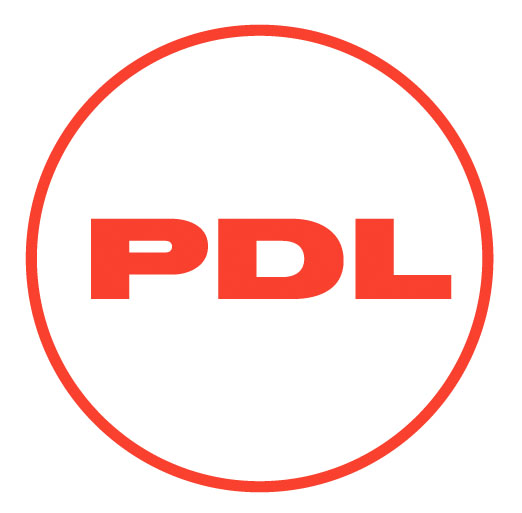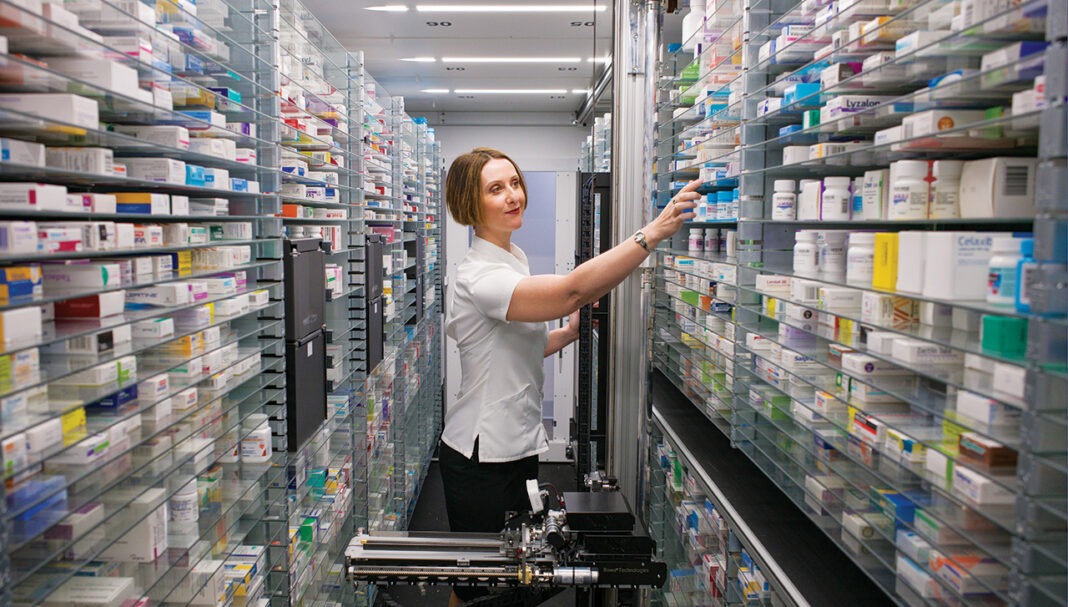Case scenario

Locum pharmacist Marie is the vaccinating pharmacist on duty. Renee, an adult patient, has attended the pharmacy for a routine influenza vaccination.
Renee brings along her two-year-old son John. During the consultation, John reaches out and almost grabs the sharps container that is located on the desk. Renee swiftly grabs John’s hands and holds him tightly on her lap. The consult proceeds without further interruption.
After the consultation, Marie mentions the near miss to a pharmacy assistant and asks if there is a reporting procedure. The pharmacy assistant does not know, and Marie is concerned that next time this could result in
a needle stick injury.
After reading this article, pharmacists should be able to:
|
THIS IS A CPD ARTICLE. YOU NEED TO BE A PSA MEMBER AND LOGGED IN TO READ MORE.















